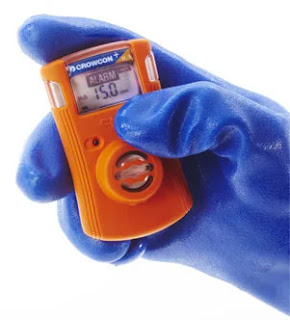Understanding Level Switches: Types, Applications, and Benefits
Level switches are essential instruments used to detect and control the level of liquids, solids, or slurries in tanks, vessels, and silos. These devices play a crucial role in various industries, including manufacturing, chemical processing, water treatment, and food production, by ensuring optimal operation and preventing overflow or dry-run conditions.
Types of Level Switches
1. Float Level Switches
Float level switches use a floating element that rises or falls with the liquid level. When the float reaches a specific height, it triggers a switch to open or close a circuit. These switches are commonly used in water tanks, sump pumps, and fuel storage applications.
2. Conductivity Level Switches
These switches operate based on the electrical conductivity of liquids. They consist of multiple probes that detect the presence or absence of liquid between them. Conductivity level switches are widely used in chemical processing, wastewater management, and boiler systems.
3. Capacitance Level Switches
Capacitance level switches work by detecting changes in capacitance between a probe and a reference electrode. They are suitable for measuring both liquids and solids, making them ideal for applications such as grain storage, food processing, and pharmaceuticals.
4. Optical Level Switches
Optical level switches use infrared light to detect the presence of a liquid. When the light beam is interrupted or refracted by the liquid, the switch is activated. These switches are highly reliable and are often used in medical devices, beverage dispensers, and hydraulic systems.
5. Vibrating Fork Level Switches
These switches use a vibrating fork that changes frequency when it comes into contact with a liquid or solid. They are ideal for detecting low or high levels in silos, hoppers, and tanks containing powders, granules, or liquids.
6. Ultrasonic Level Switches
Ultrasonic level switches use sound waves to determine the level of a substance. They are non-contact devices and work well in environments where contamination or corrosion could be an issue, such as in the chemical and pharmaceutical industries.
7. Magnetic Level Switches
Magnetic level switches use a magnetic float and a reed switch to detect liquid levels. They are widely used in industrial applications where precision and reliability are critical.
Applications of Level Switches
Water and Wastewater Treatment: Prevent overflow and maintain optimal water levels.
Oil and Gas Industry: Monitor fuel levels in storage tanks and pipelines.
Food and Beverage Industry: Ensure consistent levels in mixing tanks and production lines.
Pharmaceuticals: Maintain accurate levels in drug manufacturing processes.
Chemical Processing: Prevent hazardous spills and ensure safe chemical storage.
Automotive and Aerospace: Monitor fluid levels in fuel tanks, coolants, and hydraulic systems.
Benefits of Using Level Switches
Increased Efficiency: Automates level monitoring and reduces manual intervention.
Enhanced Safety: Prevents overflows, dry runs, and potential equipment damage.
Cost Savings: Reduces wastage of materials and optimizes resource utilization.
Reliability: Provides accurate level measurements in harsh environments.
Versatility: Works with a wide range of materials, including liquids, powders, and slurries.
Conclusion
Level switches are indispensable devices in industrial and commercial settings, ensuring process efficiency, safety, and cost-effectiveness. Selecting the right type of level switch depends on the application, material properties, and environmental conditions. With advancements in technology, modern level switches offer greater precision, reliability, and automation, making them essential components in industrial control systems.

Comments
Post a Comment